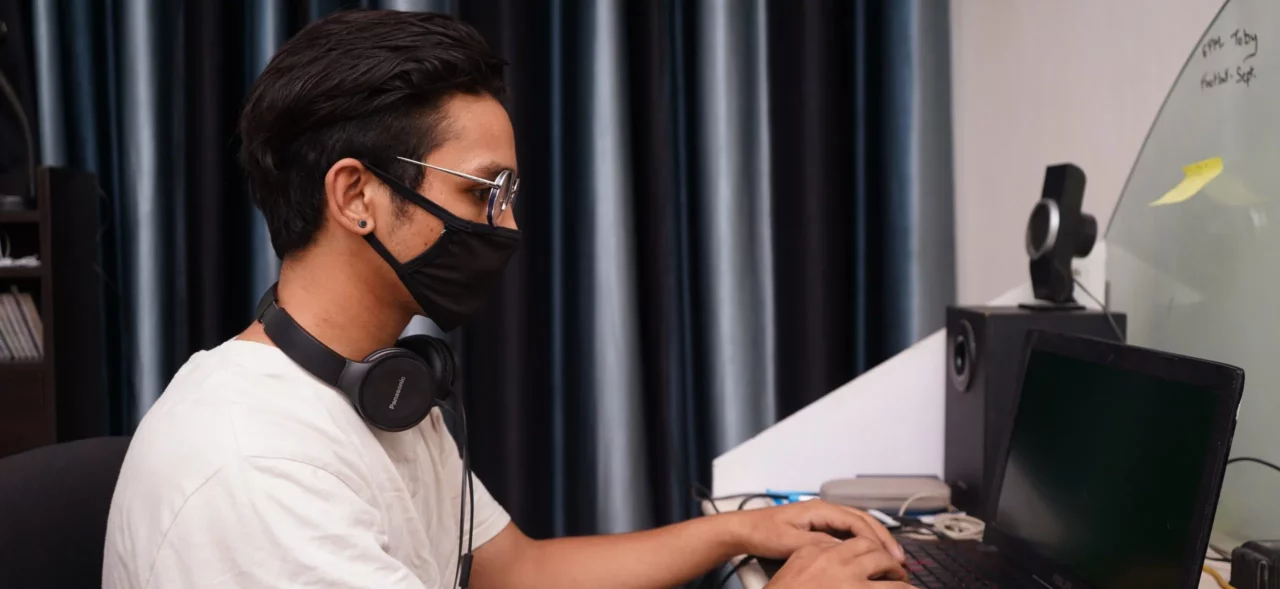There has been the obvious lack of human contact, a move from the physical to the virtual workplace (though of course not for everyone), and an isolation of vulnerable groups in society in order to keep them safe.
However, it’s also been an awakening of inclusion. People, and by extension the workplace, have had to find new ways of creating the feeling of inclusion, along with a realisation that you have to work hard at it to reap its benefits. At times, it is only in losing something that you realise its value.
Technology has helped enormously, but we know that just giving someone access to technology doesn’t mean they can use it and ‘be included’. You are not immediately creating a level playing field, something else has to happen. For us all we had to work at it, to educate older relatives in technology, assist and motivate school children, as well as expand our own knowledge of the vast array of platforms and social media.
In other words, we had to understand the individual needs and find new ways of meeting those needs. We had to remove the barriers to inclusion through creating the conditions for it to happen; by educating, continually refreshing, and embedding this new way of connecting in order for our colleagues, family and friends to feel included.
A year ago, most people probably only thought of inclusion when it was talked about in the workplace. For some it may have seemed an intangible concept. Since then everyone has had to get to grips with it. We have realized the need for inclusion is a very human one, it is not an intangible concept, and in reflecting on this past year, organisations should call this out loudly and commit to build on it, starting at the top.



